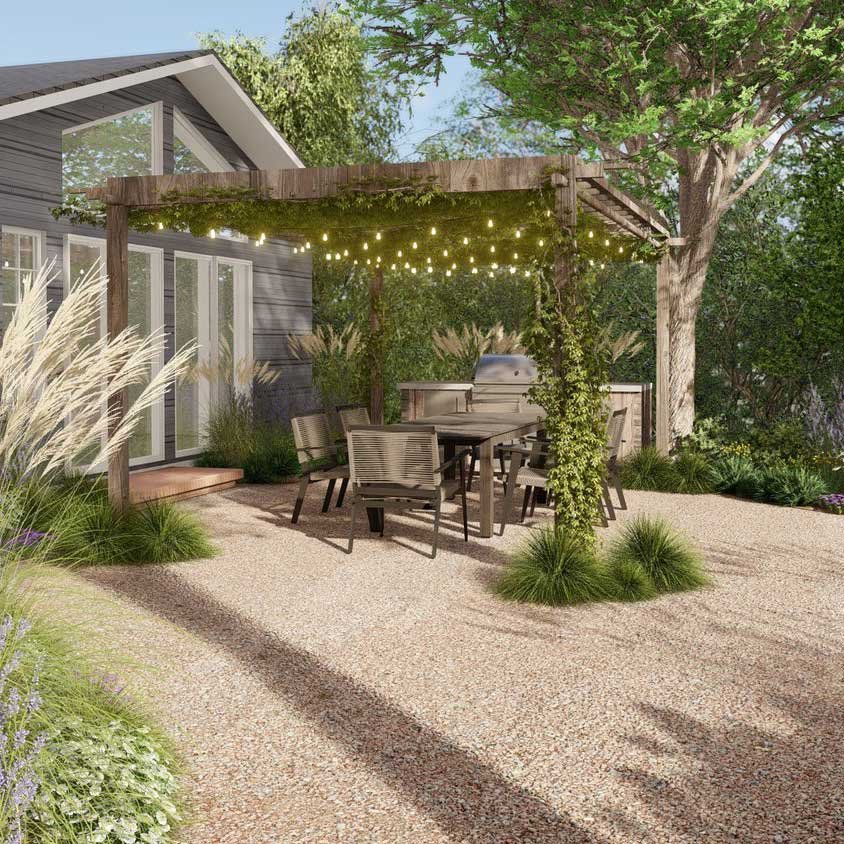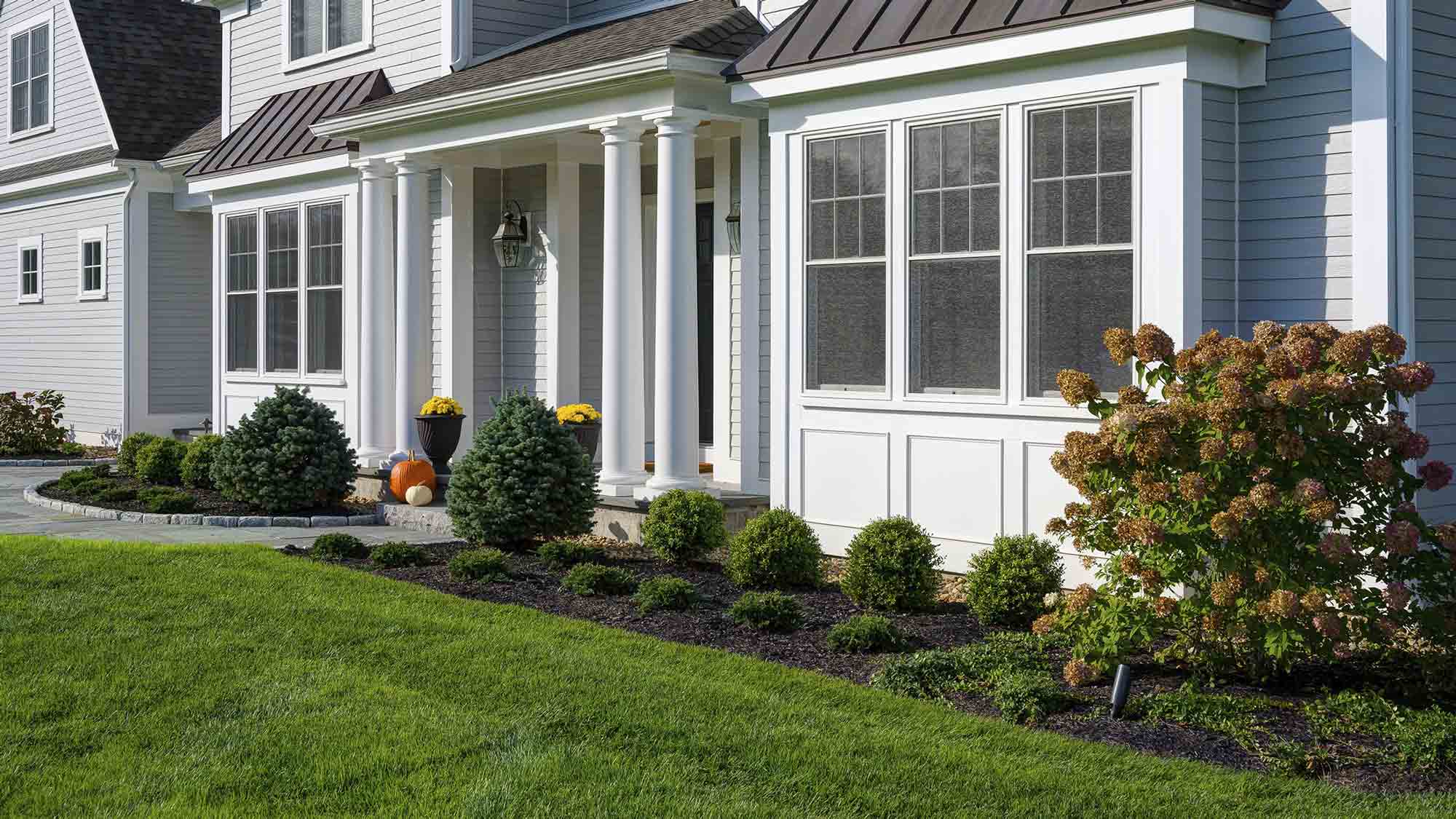Some Known Questions About Landscapers.
Some Known Questions About Landscapers.
Blog Article
Landscapers Fundamentals Explained
Table of ContentsEverything about LandscapersNot known Details About Landscapers The Of LandscapersLandscapers Can Be Fun For AnyoneLandscapers for Beginners
- A tree or bush (hedge) that loses its fallen leaves in winter season. In the PNW there are semi-deciduous or semi-evergreen plants that might lose their leaves depending on how cool the winter is. Abelia and some hebe are fine examples. Landscapers. - A flat event area, constructed from wood or composite material (made to appear like wood), normally nearby or connected to a structure.

This is a natural procedure, and the outcome can be made use of for courses and patios. - Key landscape features being suggested in a landscape style plan.
Not known Details About Landscapers
These goals guide the style process, not the developer's design or preferences. Usual design objectives in Portland are reduced upkeep, dry spell tolerant, and animal pleasant. - Refine for eliminating or thinning the dead lower level of a fully grown grass. Thatch is lawn that has actually died and gathered below the green blades.
However, in time this layer can get really thick and make it hard for water, sunlight, and nutrients to get to portions of the lawn.- The process of accumulating and managing the circulation of water on a building. This can be done with grading, French drains pipes, dry wells, absorptive surfaces, sump pump, rain yards, and a lot more.
- A sluggish feeding irrigation system that utilizes versatile tubing and emitters to send out a precise amount of water to each plant. - The capability of a plant to survive without much summer water.
- A garden function where water is represented by an aggregate rock product, usually a crushed rock or granite.- A stone or natural flagstone patio area, path, or sidewalk developed without a concrete base.
Some Known Incorrect Statements About Landscapers
- A stone preserving or free standing wall constructed without the use of mortar. - An underground framework that gather water and enables it to slow down percolate into the soil around it.
Landscape design that works with a websites' environment in both appearance and sustainability without negative effects to the environment. Bordering in the landscape is a line of demarcation that produces visual rate of interest in the garden by separating one sector from one more sector. This can be aesthetic or practical, keeping one aspect (such as pea crushed rock) from getting blended right into one more (like bark dirt).
Locations can likewise sense of "enclosure" provided by trees, various other growings, fences, or screens. The landscape near the access to a structure. A tree, bush or vine, trained to grow on a wall surface or fence into a details pattern. Specifically valuable for fruit trees, making it very easy to gather the fruit and containing mess.
A plant that is not native to the area where it will be planted. Thicker bladed turf lawn that spread out using rhizomes.: The level of soil on your building before bark dust that site or garden compost is spread.
The Best Guide To Landscapers

The objective, factor, or action that a location is be landscaped for. Room for growing plants for viewing, consuming, or physical activity.
Reduced plants that are allowed or encouraged to spread out over a location. Can refer to any type of "hard" garden elements consisting of statuary or stones yet many generally is used to refer to paths, patio areas, and walls.: Elevation difference between the degree of water in a pond (or the level of the pump if it sits outside the pond) and the upper outlet of water which impacts performance of the water pump in gph (gallons per hour).

Some Known Factual Statements About Landscapers
Typical PNW landscapes are informal. A plant that spreads out even more than preferred, or right into environments where it does damage.
Smart irrigation controller testimonials and recommendations right here. 2-D making of the proposed watering system. Can include head placements and protection, pipe sizing, GPM specs, and products required to install this system. A watering plan is generally unnecessary for homes however is usual for business projects. Certified specialist who creates landscapes, educated in engineering and design along with in horticulture.
The professional that intends and develops landscape jobs, normally at a household or little commercial degree with the significant layout inspiration on growings. Landscape designers image source usually have less education than Landscape Architects and are not licensed. A completed landscape style, detailing all components for the brand-new landscape. This generally takes the form of an illustration on paper.
A water tight HDPE material used underneath ponds, streams and waterfalls in water functions. Making use of many plantings of the very same selection to fill in an area in the landscape.
Report this page